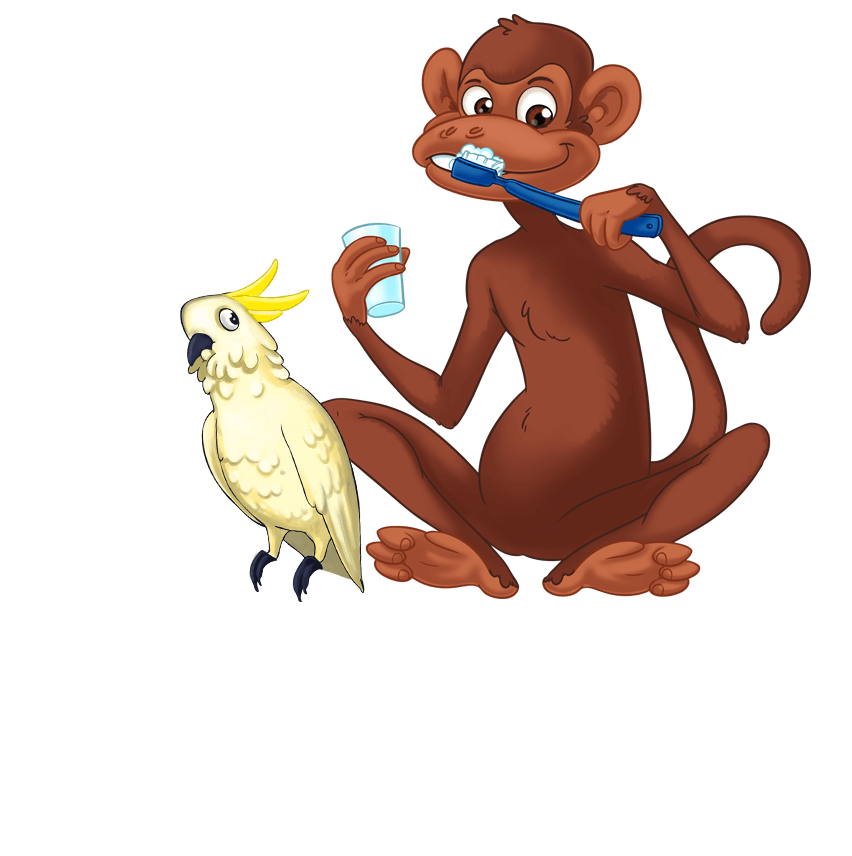Prevention
Just as there are two factors that cause cavities, there are two main factors to preventing them: oral hygiene and diet change.
Good oral hygiene includes brushing your teeth at least twice a day and flossing at least once, having a professional teeth-cleaning every six months, and having X-rays and a dental exam annually to detect cavity development.
Reducing the amount of sugar — especially sugary drinks and juices — can help prevent cavities. This means milk for infants and toddlers throughout the day and especially at night time before bedtime or during sleep. You may consider brushing your teeth or rinsing your mouth after eating sticky foods. Creating better choices for snack times instead of sugary alternatives will go a long way to keep teeth cavity free.
Every time someone eats, an acid reaction occurs inside their mouth as the bacteria digests the sugars. This reaction lasts approximately 20 minutes. During this time the acid environment can destroy the tooth structure, eventually leading to cavities.
Consistency of a person’s saliva also makes a difference as thinner saliva breaks up and washes away food more quickly. When a person eats diets high in carbohydrates and sugars, they tend to have thicker saliva, which in turn produces more of the acid-producing bacteria that causes cavities.
Some Tips For Cavity Prevention
- Limit frequency of meals and snacks.
- Encourage brushing, flossing, and rinsing.
- Watch what you drink.
- Avoid sticky foods.
- Make treats part of meals.
- Choose nutritious snacks.
Baby Bottle Decay
Though dairy products are considered one of the four basic food groups and an important part of the diet, in one specific situation milk can be responsible for causing a type of rampant decay. This decay process happens when a child goes to sleep while breast-feeding and bottle-feeding. The milk is collected on the roof of the mouth and tongue, and the upper front teeth are bathed in it. During sleep, the flow of saliva is reduced and the natural self-cleansing action of the mouth is diminished. The sugar content of the stagnant collected milk is changed to acids which cause decalcification (softening) of the enamel, resulting in extensive decay called “nursing caries”.
Seal Out Decay
A sealant is a protective coating that is applied to the chewing surfaces (grooves) of the back teeth (premolars and molars), where four out of five cavities in children are found. This sealant acts as a barrier to food, plaque and acid, thus protecting the decay-prone areas of the teeth.
 Before Sealant Applied Before Sealant Applied |
 After Sealant Applied After Sealant Applied |
Fluoride
Fluoride is a naturally occurring element, which has shown to prevent tooth decay by as much as 50-70%, Despite the advantages, too little or too much fluoride can be detrimental to the teeth. With little or no fluoride, the teeth aren’t strengthened to help them resist cavities. Excessive fluoride ingestion by young children can lead to dental fluorosis, which is typically a chalky white discoloration (brown in advanced cases) of the permanent teeth. Be sure to follow your pediatric dentist’s instructions on suggested fluoride use and possible supplements, if needed.
You can help by using a fluoride toothpaste and only a smear of toothpaste (the size of a grain of rice) to brush the teeth of a child less than 3 years of age. For children 3 to 6 years old, use a “pea-size” amount of toothpaste and perform or assist your child’s toothbrushing.








